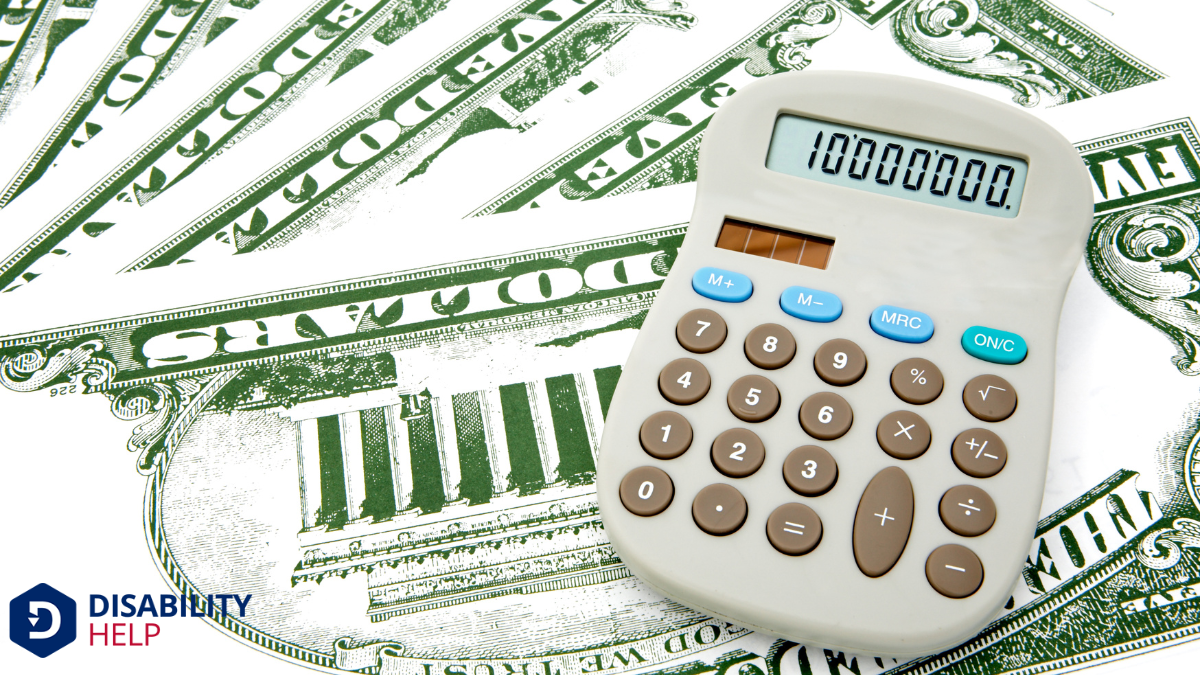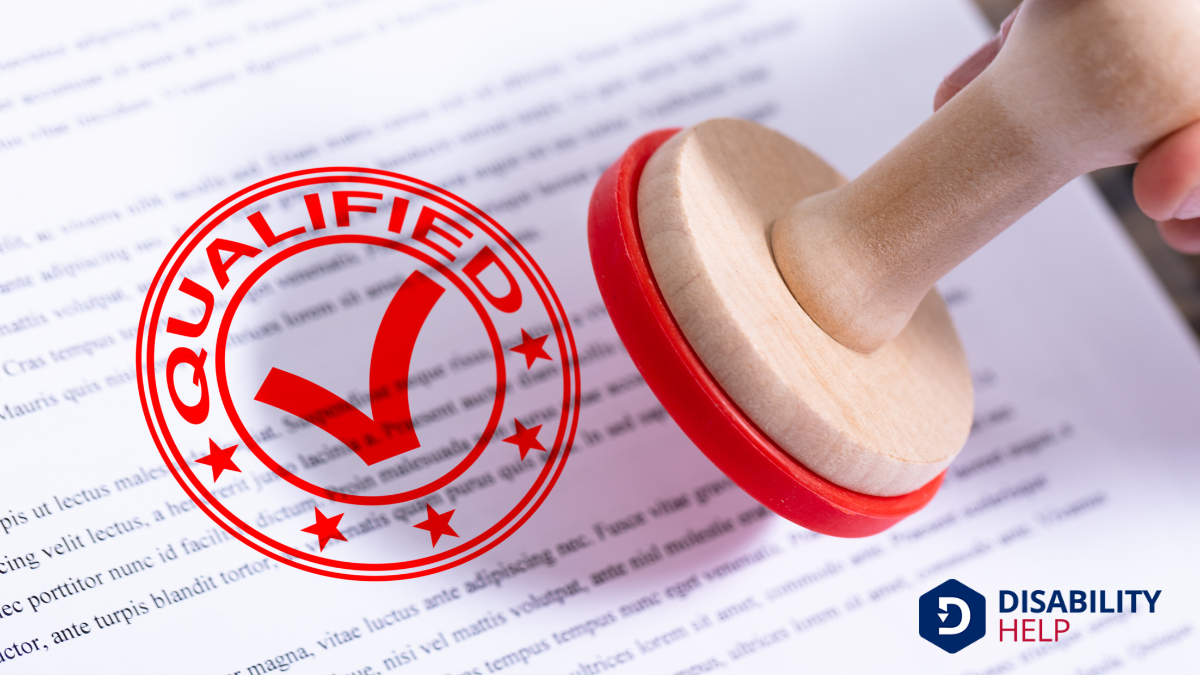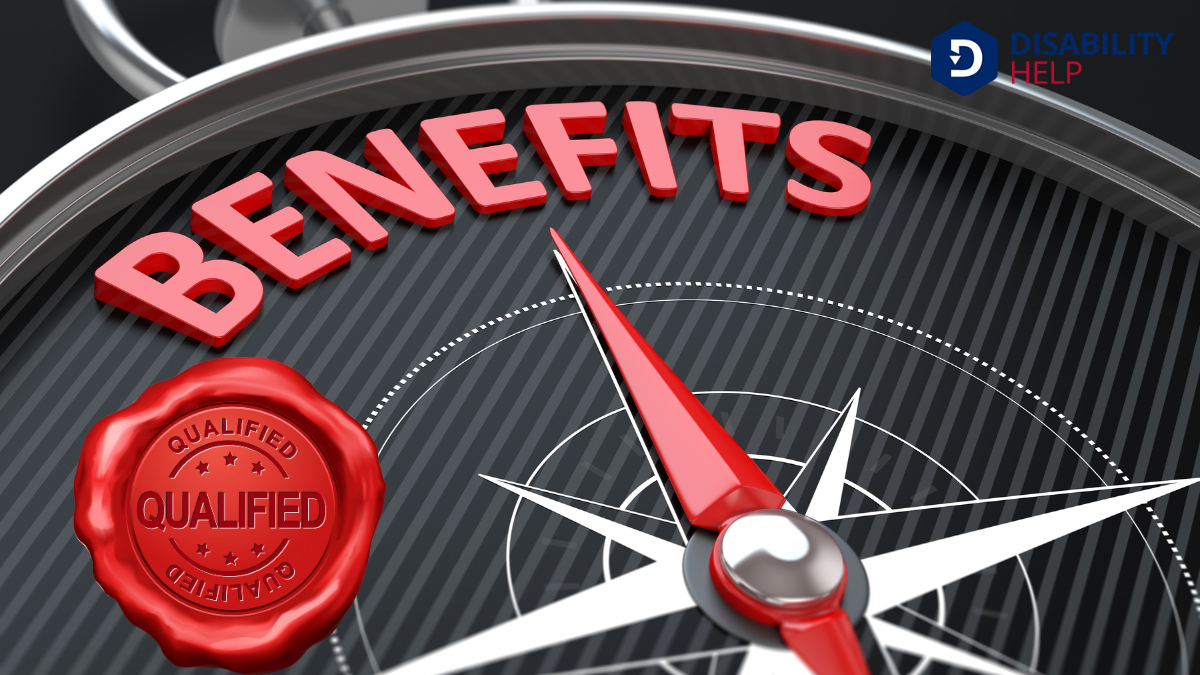Let's explore the question: Are Social Security and Disability actually two different payments? Many of us may think they're the same, but they serve distinct purposes. Social Security is primarily for retirement, while Disability supports those who can't work due to health issues. Understanding these differences is key to maximizing benefits. Curious about how they work and what you might qualify for? Let's uncover the details together.
Key Takeaways
- Social Security and Disability are distinct programs with separate eligibility and payment structures.
- Social Security provides retirement benefits, while Disability supports those unable to work due to health issues.
- Social Security payments depend on work history, whereas Disability benefitsFinancial assistance provided to individuals who are unable to work due to a disability, such as Soc... focus on medical conditions and work limitations.
- SSDI and SSI are two different types of Disability benefits with different criteria and payment calculations.
- Receiving Social Security doesn't automatically qualify someone for Disability benefits; separate applications are necessary.
Understanding the Basics of Social Security
Maneuvering the fundamentals of Social Security can feel like revealing a complex puzzle, but understanding its core elements is essential for everyone.
First, we must recognize that Social Security is a government program designed to support us financially in retirement, disability, or after a loved one's passing. It’s primarily funded through payroll taxes collected under the Federal Insurance Contributions Act (FICA).
We contribute a portion of our earnings throughout our working years, which eventually qualifies us for benefits. These benefits kick in based on our work history and the amount we've contributed.
It’s important to grasp that Social Security isn't just for retirees. It plays a critical role in providing financial stability across various life stages. Understanding these basics empowers us to plan for a more secure future.
Exploring Disability Benefits

How do Social Security disability benefits serve as a lifeline for those unable to work due to severe health issues? They provide critical financial support, helping individuals cover basic needs like food, housing, and medical expenses.
When we're unable to work due to a physical or mental condition, this safety net guarantees we maintain a sense of stability and dignity.
Applying for these benefits requires us to demonstrate that our condition greatly limits our ability to perform substantial work activities. The process may seem intimidating, but understanding the eligibility criteria and documentation needed can make a difference.
It's crucial to gather thorough medical records and consult with healthcare providers to strengthen our application.
Let's remember, these benefits are there to support us through challenging times.
Key Differences Between Social Security and Disability
Let's explore the key differences between Social Security and Disability.
We need to understand how eligibility criteria set them apart and what makes their payment structures unique.
Eligibility Criteria Differences
While maneuvering through the intricacies of Social Security and disability benefits, it’s essential to understand the key differences in eligibility criteria for each program.
Social Security benefits, specifically retirement benefits, generally require us to have at least 40 work credits, which usually equate to about ten years of work. These credits depend on our earnings and tax contributions over the years.
On the other hand, Social Security Disability Insurance (SSDI)A U.S. government program that provides financial assistance to individuals who are unable to work d... is available to those who’ve accumulated enough work credits but are unable to work due to a qualifying disability.
Additionally, Supplemental Security Income (SSI) considers our financial need rather than work history. We must meet specific medical and financial criteria to qualify.
Payment Structure Comparison
Understanding the payment structure of Social Security and disability benefits can help us make informed decisions about our financial futures.
Social Security benefits are generally based on our work history and earnings. They provide a retirement income or support for survivors of deceased workers. On the other hand, disability benefits are specifically for those unable to work due to a qualifying condition.
We should note that Social Security Disability InsuranceA form of insurance that provides income to individuals who are unable to work due to a disability. (SSDI) relies on our work credits, while Supplemental Security Income (SSI) is need-based and doesn't require a work history.
SSDI payments are calculated based on our average lifetime earnings, whereas SSI provides a fixed amount adjusted annually for inflation. By comparing these structures, we can better navigate our benefit options and plan accordingly.
Eligibility Criteria for Social Security
Let's explore the criteria needed to qualify for Social Security benefits together.
We'll cover the age requirements, the work credits necessary, and the medical conditions considered.
Understanding these elements helps us determine eligibility and plan effectively for our future.
Age Requirements Explained
Maneuvering the age requirements for Social Security benefits is essential for understanding when you can start receiving payments.
We need to know that the earliest age to begin collecting retirement benefits is 62. However, if we decide to start at this age, our benefits will be permanently reduced.
To receive full benefits, we must wait until our full retirement age (FRA), which varies based on our birth year. For those born between 1943 and 1954, the FRA is 66. It gradually increases to 67 for those born in 1960 or later.
If we can delay benefits until age 70, our monthly payments will increase. Understanding these age milestones helps us make informed decisions about our Social Security benefits.
Work Credits Needed
To qualify for Social Security benefits, we need to earn a sufficient number of work credits. These credits are a key component in determining our eligibility and are based on our earnings. Each year, we can earn up to four credits, and the amount needed to earn a credit changes annually.
Here's what we should keep in mind:
- Earnings Requirement: In 2023, earning $1,640 gives us one credit. So, to get all four credits, we need to earn at least $6,560 within the year.
- Total Credits Needed: Typically, we need 40 credits, or about 10 years of work, to qualify for retirement benefits.
- Age Considerations: Younger workers may need fewer credits to qualify for disability benefits, reflecting their limited work history.
Medical Conditions Considered
When we're exploring eligibility for Social Security disability benefits, the medical conditions considered play a crucial role. The Social Security Administration (SSA) maintains a "Listing of Impairments" that outlines conditions qualifying for benefits. This list includes physical and mental disorders, ensuring we cover a wide range of disabilities.
However, having a condition on this list isn't automatically enough. We need substantial medical evidence showing that our condition considerably limits our ability to perform basic work activities. It must be expected to last at least a year or result in death.
If our condition isn’t listed, we can still qualify if it’s as severe as a listed one. Understanding these criteria helps us navigate the eligibility process more effectively.
Qualifying for Disability Benefits

Although understanding the process can seem intimidating, qualifying for disability benefits is a key step for those who need financial support due to a disabling condition.
Let’s break it down together. First, we must confirm that our condition is listed in the Social Security Administration’s (SSA) Blue Book. This guide outlines specific medical impairments that qualify.
Second, we need to gather thorough medical documentation that confirms the severity and impact of our condition on daily life. This could include doctors’ notes, test results, and treatment history.
Finally, we should verify that we’ve worked enough to earn sufficient Social Security credits. The SSA typically requires a certain number of credits based on age at the time of disability.
Let’s navigate this together for a smoother application process.
How Social Security and Disability Payments Are Calculated
Understanding how Social Security and Disability Payments are calculated is essential for anyone traversing these benefits. Let’s break it down.
For Social Security retirement benefits, we compute payments based on our lifetime earnings, averaged over our highest 35 years of income. The more we earn, the higher our potential benefit, up to a limit.
With Disability Insurance (SSDI), the calculation is slightly different. It’s also based on our earnings, but focuses on our work credits and average indexed monthly earnings (AIME) before the disability occurred.
The Social Security Administration uses a formula to determine our primary insurance amount (PIA), which forms the basis of our benefit amount.
Understanding these calculations helps us plan better and guarantees we understand what to expect from these programs.
The Application Process for Each Program
Steering through the application process for Social Security and Disability programs can seem intimidating, yet with a clear step-by-step approach, it becomes manageable.
Let’s break it down:
- Gather Necessary Documents: Before applying, we should collect essential documents like birth certificates, tax returns, and medical records. This guarantees a smoother process.
- Complete the Application: We can apply online, by phone, or in person at a Social Security office. It’s imperative to fill out all sections accurately to avoid delays.
- Follow Up: After submitting, it’s important to follow up on our application’s status. This helps us address any issues promptly and guarantees we’re on track.
Navigating Benefits When You Qualify for Both

Now that we've tackled the application process, let's explore the unique scenario of qualifying for both Social Security and Disability benefits.
When we're eligible for both, it means we might receive Social Security Disability Insurance (SSDI) and Supplemental Security Income (SSI). SSDI is based on our work history, while SSI considers financial need.
It's essential to understand that receiving both doesn’t double our benefits. Instead, SSI may supplement SSDI if our SSDI amount is below the SSI maximum. The Social Security Administration calculates this carefully, ensuring we receive the maximum allowable.
Common Misconceptions About Social Security and Disability
How often do we hear myths about Social Security and Disability benefits? These misconceptions can cause confusion and lead us to make uninformed decisions.
Let’s clear up three common misunderstandings:
- One Payment System: Many believe Social Security and Disability are the same. In reality, Social Security is a broader program that includes retirement benefits, while Disability Insurance (SSDI) specifically aids those unable to work due to a disability.
- Automatic Qualification: Some think receiving Social Security automatically qualifies us for Disability benefits. Each has distinct eligibility criteria; one doesn’t guarantee the other.
- Unlimited Earnings: There’s a myth that we can earn as much as we want while on Disability. In truth, income limits exist to determine eligibility and payment amounts.
Understanding these differences helps us navigate our benefits effectively.
Conclusion
In maneuvering through the complexities of Social Security and Disability benefits, we've outlined the key differences and eligibility criteria for each program. It's essential to understand how these two distinct payments work to guarantee you receive the support you're entitled to. Whether you're planning for retirement or dealing with a disability, knowing the application process and how benefits are calculated can make a significant difference. Let's make informed decisions together to secure our financial well-being.






